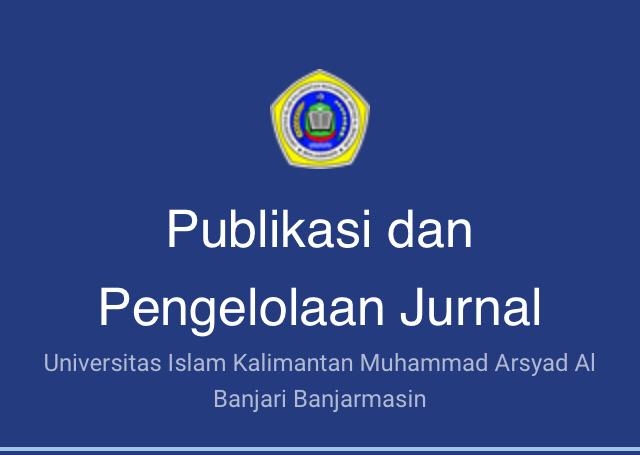ANALISIS PENDEKATAN BALANCED SCORECARD MENGUKUR KINERJA PERUSAHAAN
(1) STIE Palangka Raya
(*) Corresponding Author
Sari
To the face the increase of the current business environment into a more complex situation, a method of performance measurement that can accurately and comprehensively assess the company's performance is essentially needed. In this case the method which can be used is the Balanced Scorecard. The objective of the Balanced Scorecard method is to measure the performance of the company from four perspectives, namely: learning and growth perspective, internal business process perspective, customer perspective and financial perspective.
The researcher conducted the research on PLN Palangka Raya District using the data from 2006-2008 to analyze the financial perspective, while for other perspectives using company data and calculation of questionnaires distributed to employees of PLN Palangka Raya District.
The results of the research reveals that the overall performance of PLN Palangka Raya District is good enough, it is indicated by the value generated from the respective scorecards of each perspective. The conclusion that can be derived through the analysis is that the Balanced Scorecard is the best method in assessing the performance of the company, since the Balanced Scorecard raises the important aspects that are ignored by the traditional performance measurement, such as aspects of human resources, systems used in a corporation, operational processes, and aspects of customer satisfaction, so that the measurement results of the Balanced Scorecard is more accurate. Accurate performance measurement is very important for management, both in the process of planning, decision making, and controlling, and in realizing the vision and mission of the corporation.
Kata Kunci
Teks Lengkap:
PDFReferensi
Ghozali, Imam. (2012). Aplikasi Analisis Multivariate dengan Program SPSS, Edisi 7, Badan Penerbit Universitas Diponegoro Semarang.
Hansen, Don R, dan Maryanne M. Mowen, (2005). Akuntansi Manajemen. Edisi 7, Salemba Empat, Jakarta.
Indrianto, Nur & Supomo, Bambang (2002). Metodologi Penelitian Bisnis untuk Akuntansi dan Manajemen. Edisi I, BPFE Yogyakarta.
Kaplan Robert S dan Norton David P, 2013. Balanced Scorecard: Menerapkan Strategi Menjadi Aksi; Penerbit Erlangga, Jakarta.
Kuncoro, Mudrajad, 2003. Metode Riset untuk Bisnis dan Ekonomi. Penerbit Erlangga, Jogjakarta.
Lasdi, Ludovicas, 2002. Balanced Scorecard Sebagai Rerangka Pengukuran Kinerja Perusahaan Secara Kompre-hensif dalam Lingkungan Bisnis Global, Jurnal Widya Manajemen dan Akuntansi. Vol. 2 no. 2, hal. 150 – 169.
Mulyadi, 2001. Balanced Scorecard; Alat Manajemen Kontem-porer Untuk Pelipat-gandakan Kinerja Laporan Keuangan Perusahaan, Cetakan Kesatu, Penerbit Salemba Empat, Jakarta.
Mulyadi dan Setyawan Johny, 2001. Sistem Perencanaan dan Pengendalian Perusahaan. Edisi Kedua. Penerbit Salemba Empat, Jakarta.
Purwanto, Erwan Agus dan Sulistyastuti Dyah R, 2007. Metode Penelitian Kuantitatif; Untuk Administrasi Publik dan Masalah – masalah Sosial. Cetakan Pertama, Gava Media, Jogjakarta.
Riyanto, Bambang, 2001, Dasar – Dasar Pembelanjaan Perusahaan. Cetakan Ketujuh, BPFE Yogyakarta
Srimindarti, Caecilia, 2004. Balanced Scorecard sebagai Alternatif untuk Mengukur Kinerja. Fokus Ekonomi, 3(1), April 2004.
DOI: http://dx.doi.org/10.31602/al-kalam.v5i1.1337
Refbacks
- Saat ini tidak ada refbacks.

Al Kalam : Jurnal Komunikasi, Bisnis, dan Manajemen by https://ojs.uniska-bjm.ac.id/index.php/alkalam/index adalah ciptaan disebarluaskan di bawah Lisensi Creative Commons Atribusi-BerbagiSerupa 4.0 Internasional.









